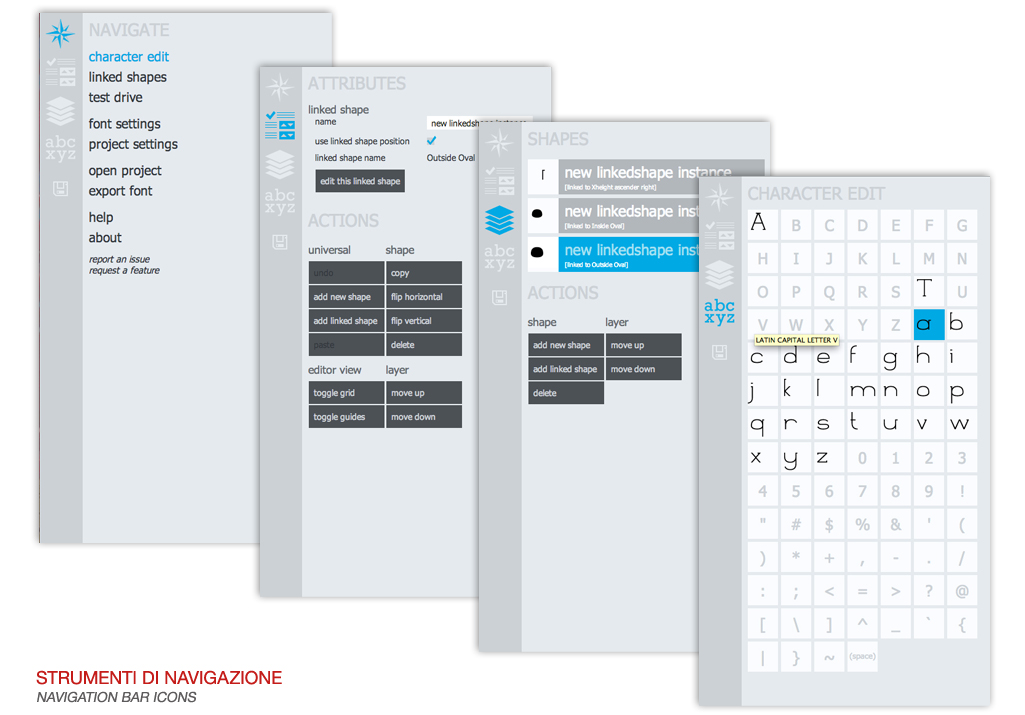

(I don't like the name App_Start either but I'll return to that in a moment.) I sometimes rename Models to ViewModels and give it a structure similar to Views: one subfolder per controller. For example, I like to place all content (images, style sheets, scripts, fonts) under the same folder. I find such a project structure rather confusing and usually manage to clean it up a little bit. You may also find a Content folder for Bootstrap style sheets and a separate Fonts folder for Bootstrap's glyph icons. When you start adding Nuget packages, some other conventions start appearing such as the Scripts folder for Modernizr and for jQuery and its plugins. The project contains the folders listed in Table 1. Here's the minimal collection of Nuget packages you need in ASP.NET MVC. Figure 2 shows what you really need to have referenced in order to run a nearly dummy ASP.NET MVC application.įigure 2: Strictly required assemblies in a basic ASP.NET MVC 5 project It's even more interesting to look at the remaining references. Figure 1 shows the list of unnecessary references detected by ReSharper.įigure 1: Unnecessary references in the ASP.NET MVC project built with the default Visual Studio 2013 template Let's say you used the Visual Studio 2013 project template to create a new project. Overall, here are ten good practices for sane ASP.NET MVC 5 development. I'll start with the organization of project folders and proceed through startup code, bundling, HTML layout, controllers, layers, HTTP endpoints, and multi-device views. My purpose, instead, is applying the Occam's Razor to the ASP.NET MVC project templates that you get in Visual Studio 2013. The truth is that any expert developer has his own favorite initial layout of the startup project, including must-have packages and scripts.Īlthough I may be tempted, I don't want to push my own ideal project layout on you. This is better, as it delivers a more nimble project even though there are many references that are useless at first. And if you don't like it, you still have the option of starting with an empty project and adding MVC scaffolding. This is not a bad idea in theory, as nearly any ASP.NET website ends up using jQuery, Bootstrap, Modernizr, Web Optimization, and others. You'll also find several Nuget packages and assemblies referenced that are not required by the sample application, yet are already there to save time for when you need them in action. Even though the result does nothing, the resulting project is fairly overloaded.
GLYPHR STUDIO SELECT CONTINUOUS LAYERS CODE
What you obtain is a no-op demo application that was probably meant to give you an idea of what it means to code for ASP.NET MVC. You want ASP.NET MVC, right? So you pick up the MVC option. So you click and are presented with various options as to the type of project to create.

This is great, as it represents a moment of clarity in a whirlpool of similar-looking and confusing options. When you open up Visual Studio 2013 with the intent of building a new ASP.NET MVC 5 project, you find only one option: an ASP.NET Web Application.


 0 kommentar(er)
0 kommentar(er)
